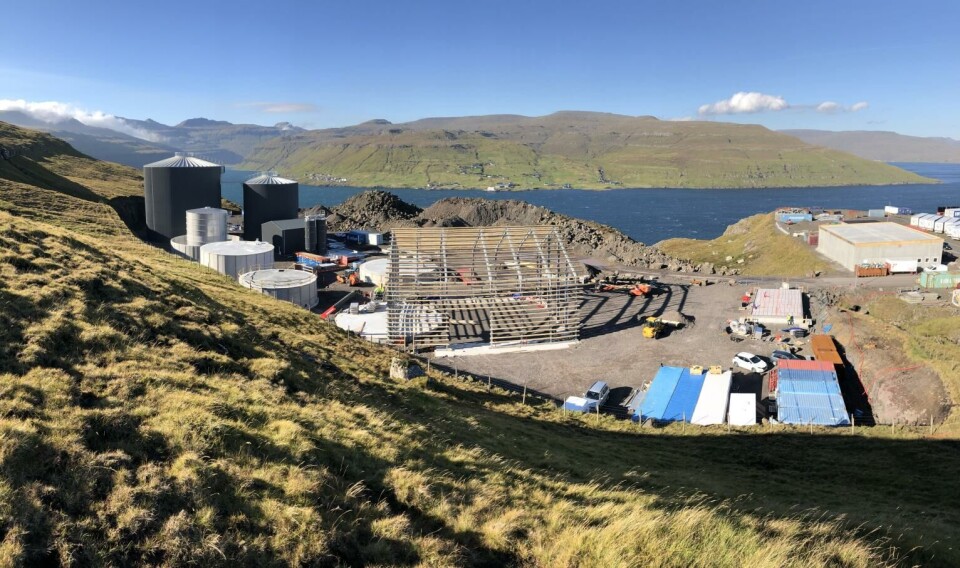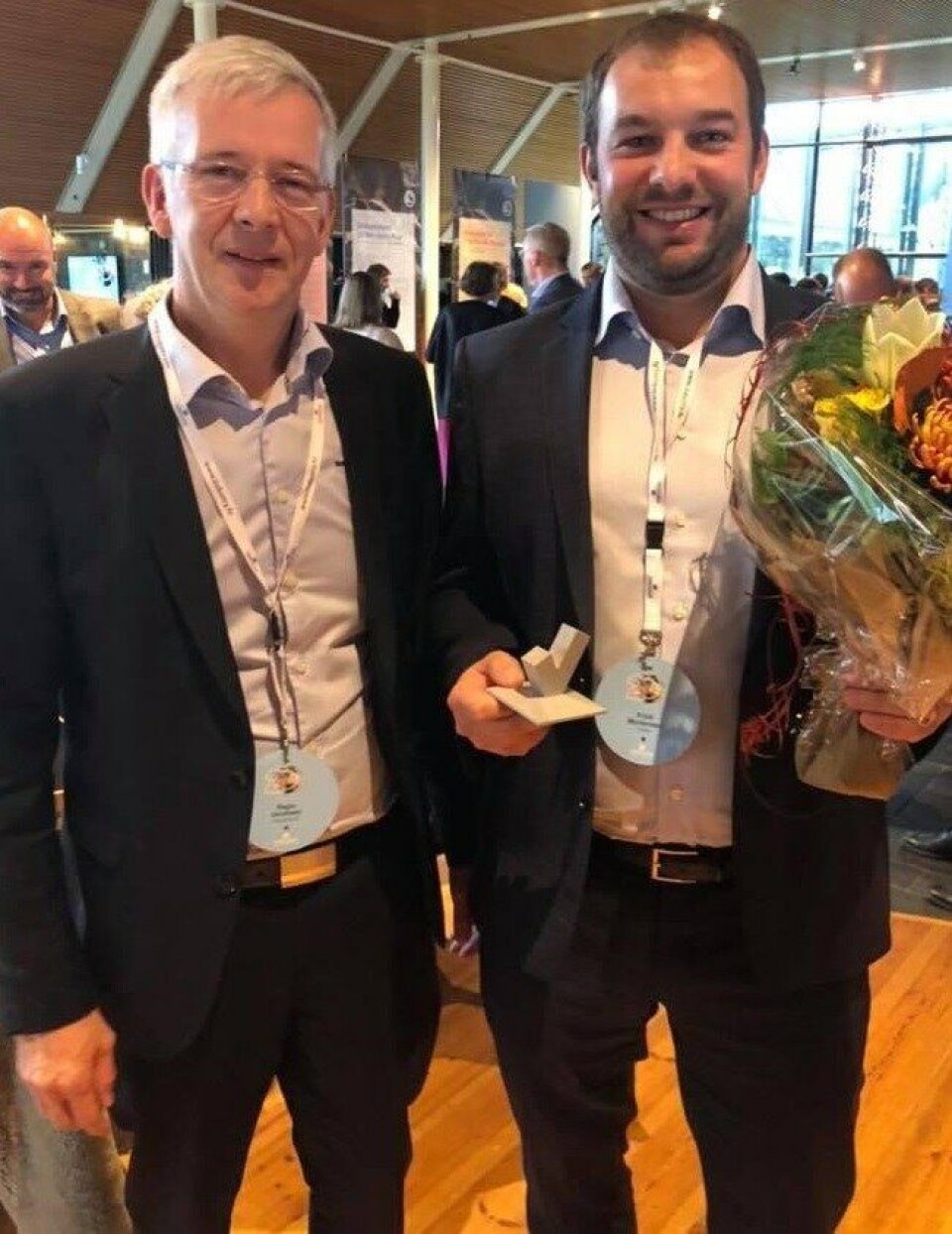
Award for salmon farmer’s fish-waste-to-power plant
A waste-to-power scheme by the Scottish Salmon Company’s new owner, Bakkafrost, has been named Business Initiative 2019 in the Faroe Islands.
Bakkafrost won the award for its Förka biogas plant, which will process waste from salmon and dairy farms into fertiliser and renewable energy.
The operation, due to begin early next year, is expected to provide electricity to 1,900 homes and save 11,000 tonnes of carbon dioxide a year.

‘Really delighted’
Bakkafrost chief executive Regin Jacobsen said: “We are really delighted to have been given this award. In Faroese the word Förka means ‘to move’ or ‘to change’, and this is my vision for Bakkafrost – to continue to adapt our organisation to the changing times, for a sustainable future. This was one of our commitments under our Healthy Living sustainability plan.”
The process works by breaking down the organic matter in the biomass into smaller molecules through anaerobic digestion.
Upon completion of this process, the biomass is converted into biogas, namely carbon dioxide and methane, the latter used for renewable energy production, and digestate, which is used as fertiliser.
Decrease run-off
The Förka plant is expected to produce 40,000 - 45,000 tonnes of natural liquid fertiliser annually, which will be redistributed to farmers across the islands, free of charge. The fertiliser’s higher absorption potential is expected to decrease run-off into fjords.
The renewable energy produced will feed into the national grid, contributing to the Faroe Island’s national target to have 100% electricity from renewable sources by 2030. In 2018 the figure was 49%.
A biogas scheme that uses waste for the Scottish Salmon Company’s processing plant on the Isle of Lewis was recently shortlisted for an award.
Oxygen for hatchery
The waste is ensiled, pasteurised and integrated with other local household and garden waste in an anaerobic digester at local authority Comhairle nan Eilean Siar’s (CnES) household waste and recycling centre at the Creed Integrated Waste Management Facility near Stornoway, and broken down to produce biogas.
The biogas fuels a combined heat and power plant with some of the electricity generated used to drive an electrolyser which in turn produces hydrogen and oxygen for use at SSC’s hatchery in Lewis, as well as providing fuel for CnES’s hydrogen-powered bin lorry.























































